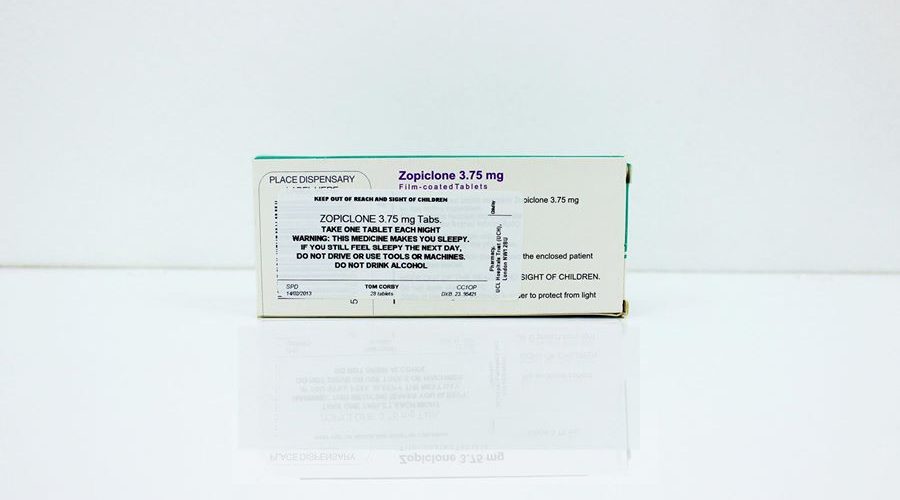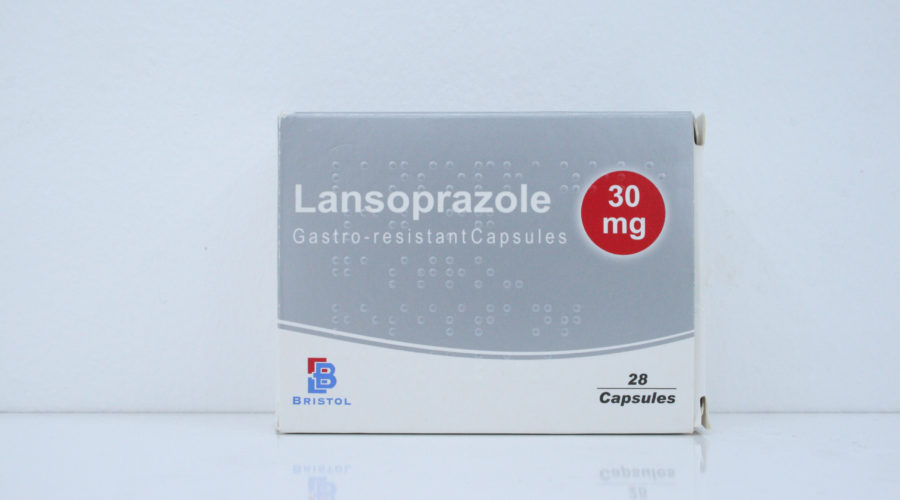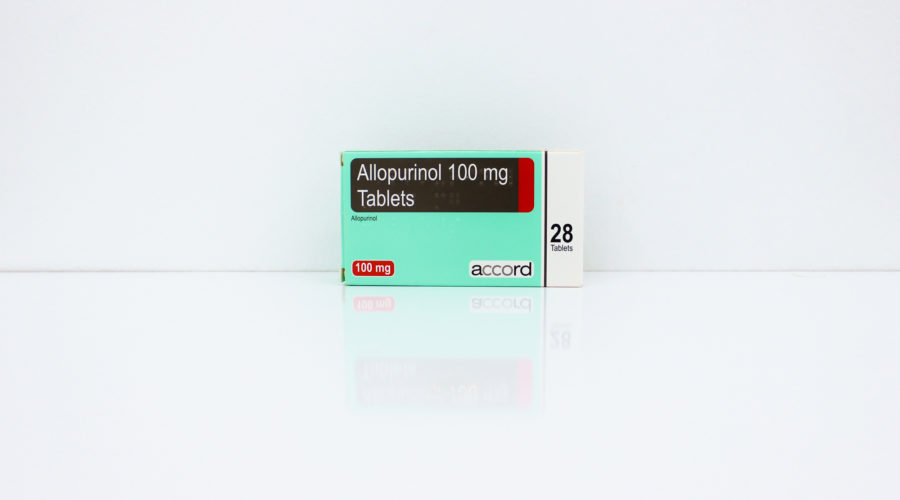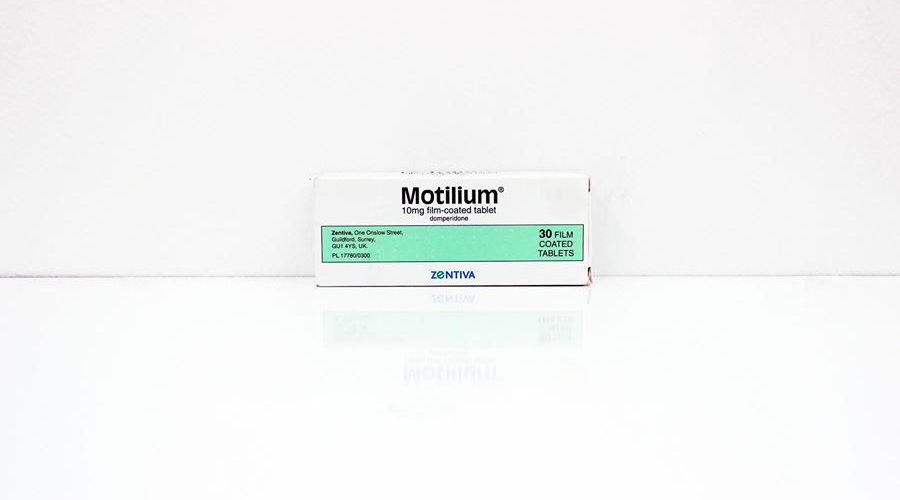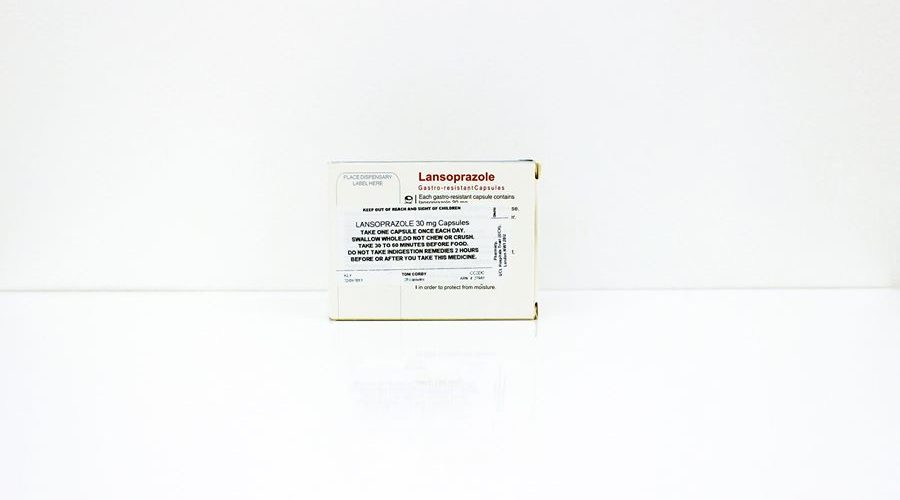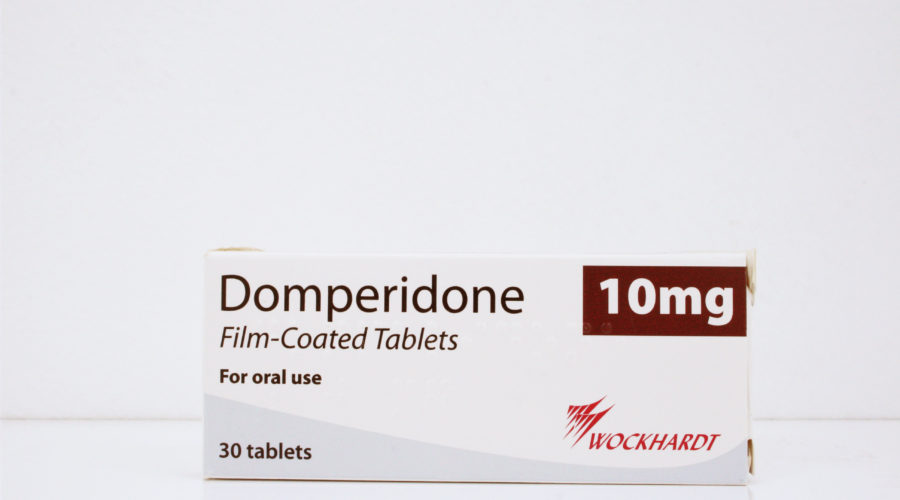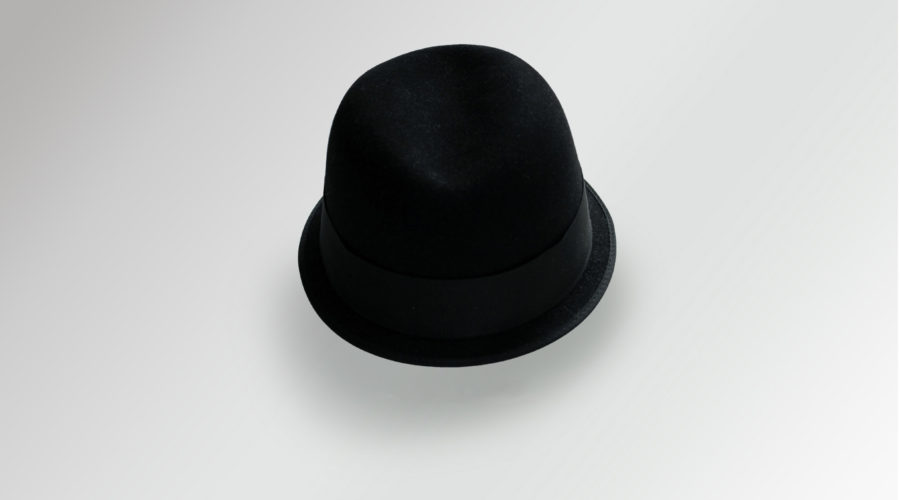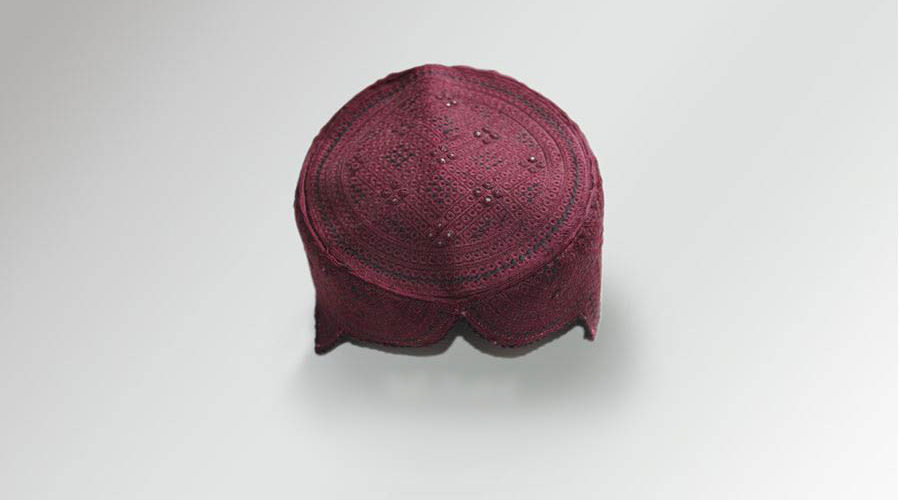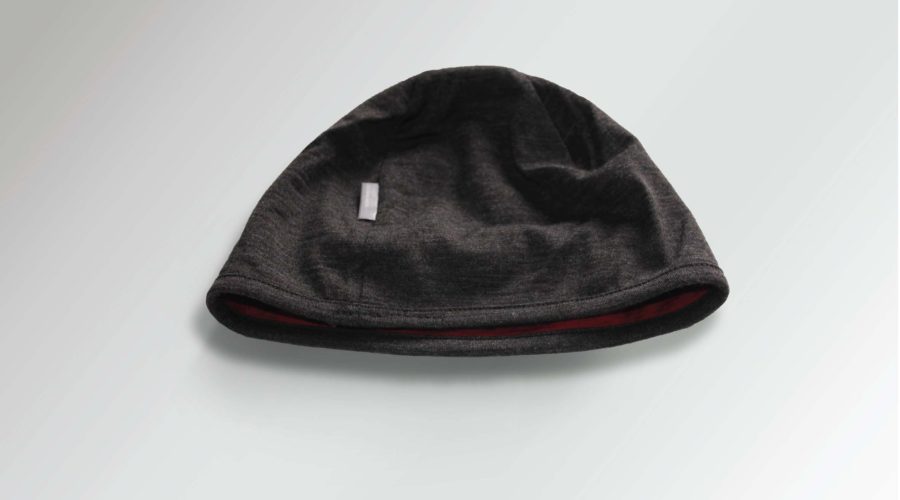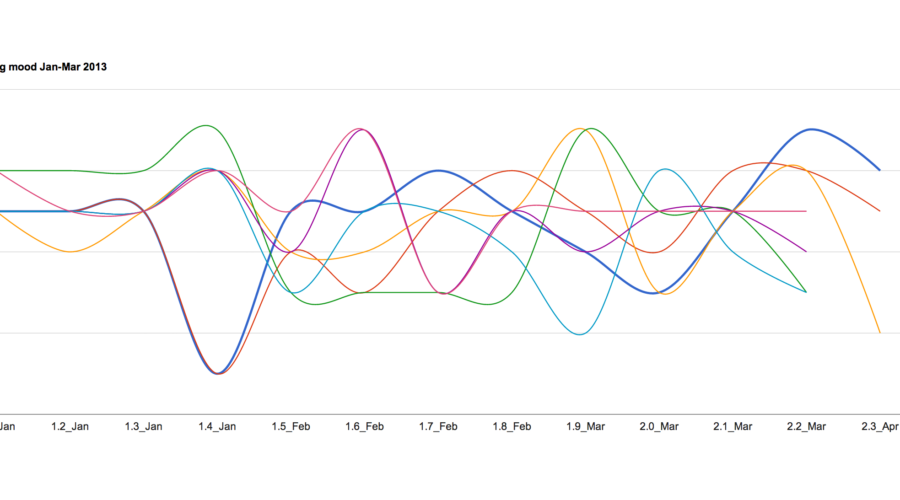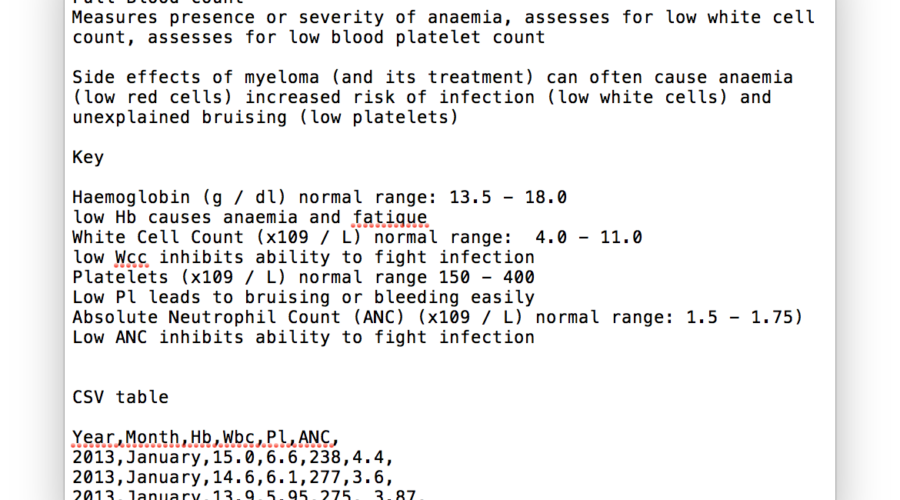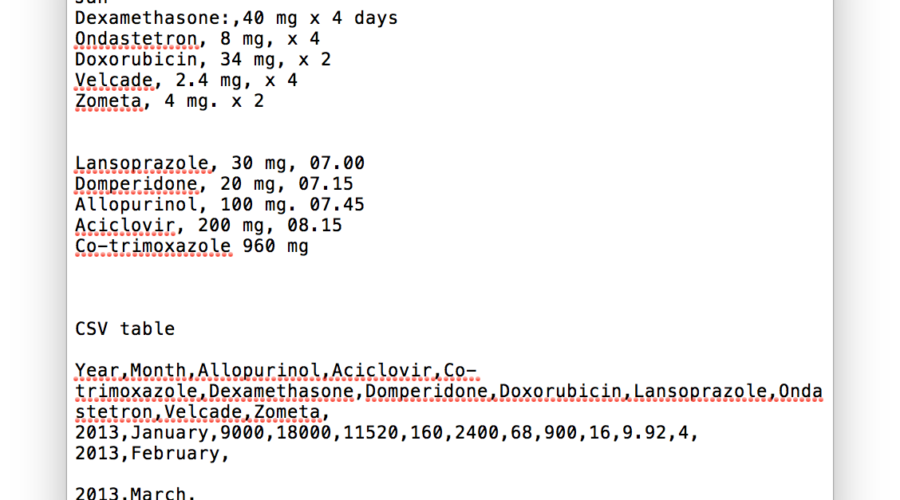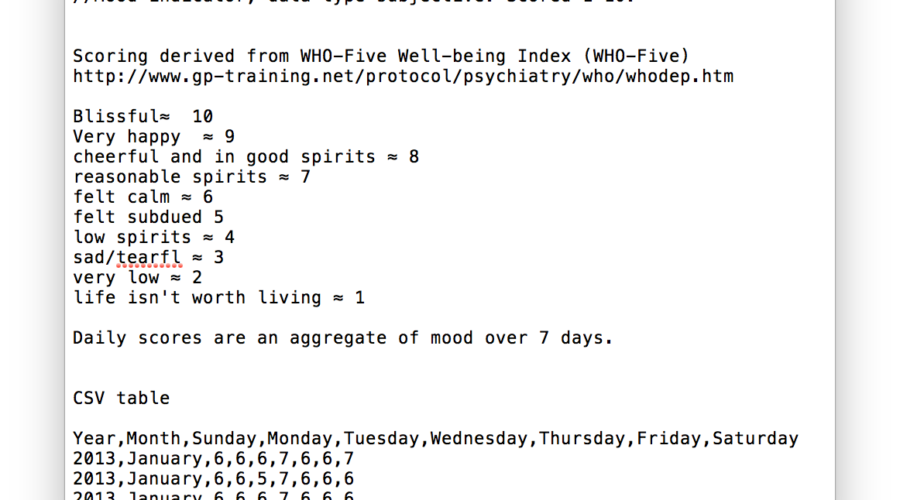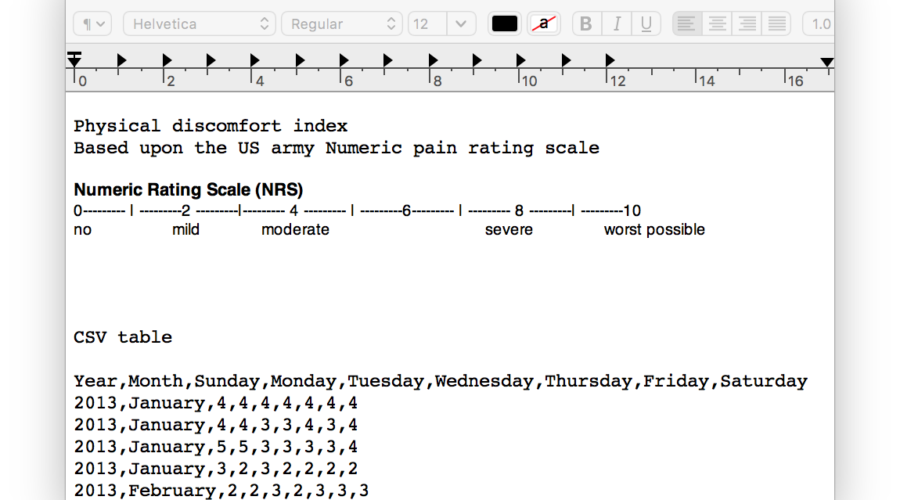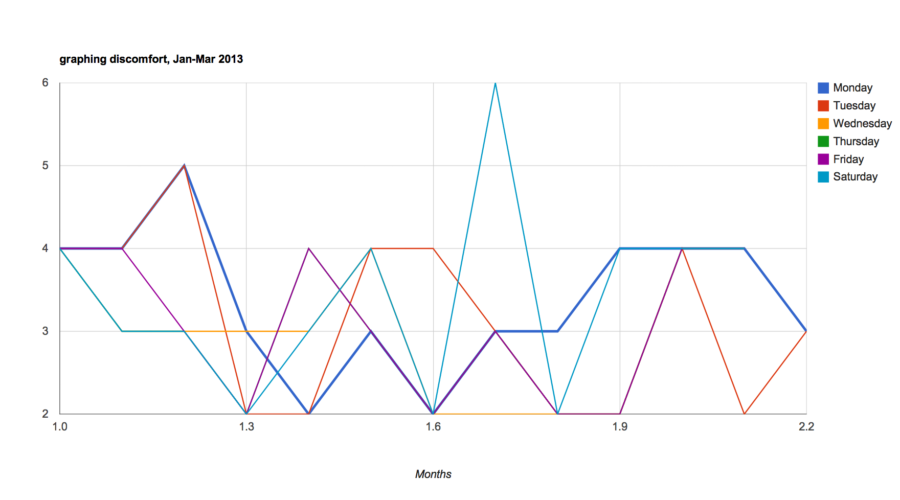Blood and Bones narrates my experience of serious illness using a combination of data processing, imaging and photographic documentation.
Bodies in pain undergoing change and bodies that malfunction, produce huge amounts of data, connecting between medical, financial, biological and affective systems. In part following Sontag’s call ‘against metaphor’ this project seeks to map these flows as a means to develop alternative ways of representing illness beyond normative narrative tropes, e.g. metaphors of struggle, achieved wisdom from trauma, etc. Blood and Bones, builds on foundational work on illness by artists such as Jo Spence and Helen Chadwick but uses contemporary data methods to lay bare experience ‘as it is’, and as it happens.
Stoicism Index
Illness what illness: 9-10
I feel fine: 7-8
Grin and bare it: 5-6
Stiff upper lip: 4
Wobbly lip: 2-3
I don’t want to talk about it: 1
Specific methods of data tracking were developed that articulated my experiences and feelings while undergoing treatment. These took the form of daily ‘official’ medical tests (bloods and other bio-markers), and informal or ‘personal data’ including pain, mood, discomfort and a daily ‘stoicism’ index which noted phlegmatic or otherwise responses. A sartorial tracker captured a daily change of headwear in response to chemotherapy side-effects and other indexes captured a running total of drugs consumed, and the financial cost of the treatment obtained from public databases.
This data was published on a website that was maintained during periods of treatment and subsequently output in a number of forms: simple visual graphs, grids of photographic images, texts of data tables, and installations using medical equipment expressing the data in physical forms. Finally, during hospitalized isolation following a stem cell transplant in July 2013, a daily data image that was streamed as a ‘real-time data performance’ to the Museum of Contemporary Cuts in 2013.
The work offers a wry commentary on the bureaucratization of illness (e.g. ‘self-tracking’) as a contemporary phenomenon by which ‘the patient’ is encouraged to ‘take control’ of their illness through engagement in the minutiae of its development, part of a wider economic model where individuals are encouraged to use ‘new technologies’ to fill gaps in support as state health care provision is rolled back.
The deliberatively terse visual and informational grammar developed, also sought to challenge the aestheticizing tropes common to the representation of illness. The combinations and recombinations of data describes complex arrangements of economics, biology, affect and matter contributing a distinctive form of ‘data documentary’ to the narration of trauma in contemporary arts practices. Tom Corby/Gavin Baily.
Project website available here.
